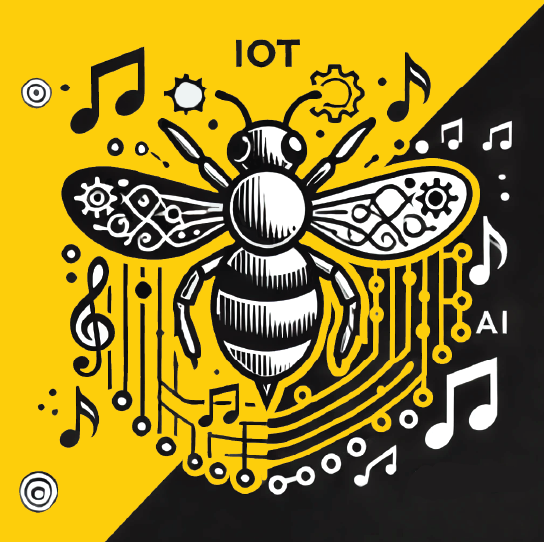Author name
What happens without bees
Chinese man manually pollinating fruit trees in China
Pollution, pesticide use and environmental destruction have resulted in the catastrophic loss of honey bees in areas of China. The situation has become so dire that farmers often have to pollinate fruits and vegetables manually—a costly, poorly efficient process. Does the solution lie in the application of AI and IoT?
Curious (or brave enough) for more ... check out this brief PBS documentary.

In modern beekeeping, maintaining the health of multiple hives across an apiary is a challenging task, often requiring frequent, intrusive inspections that can stress the bees and disrupt colony activities. By leveraging IoT technology, beekeepers can monitor hive health remotely, reducing the need for these disruptive checks. The concept involves placing sensors in each hive to measure critical parameters like temperature, humidity, CO2 levels, and sound. These sensors transmit data to a central unit—aptly named the "queen unit"—which collects and processes the information for real-time insights into each hive's condition. This setup allows beekeepers to identify issues early, such as the onset of swarming or the presence of pests like Varroa mites, without opening the hives. The centralized data collection not only simplifies hive management but also supports scalable monitoring across large apiaries, enabling proactive and less invasive care of the colonies.


